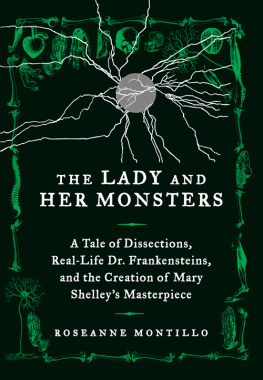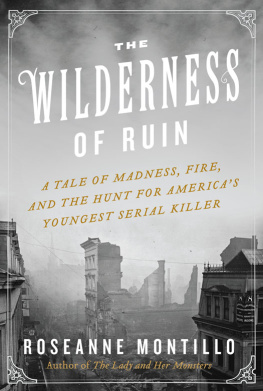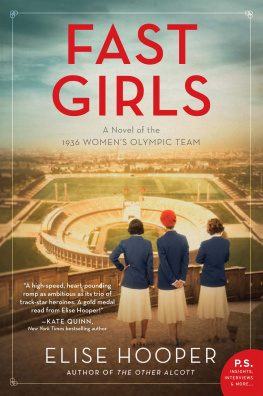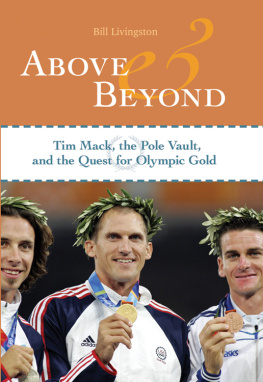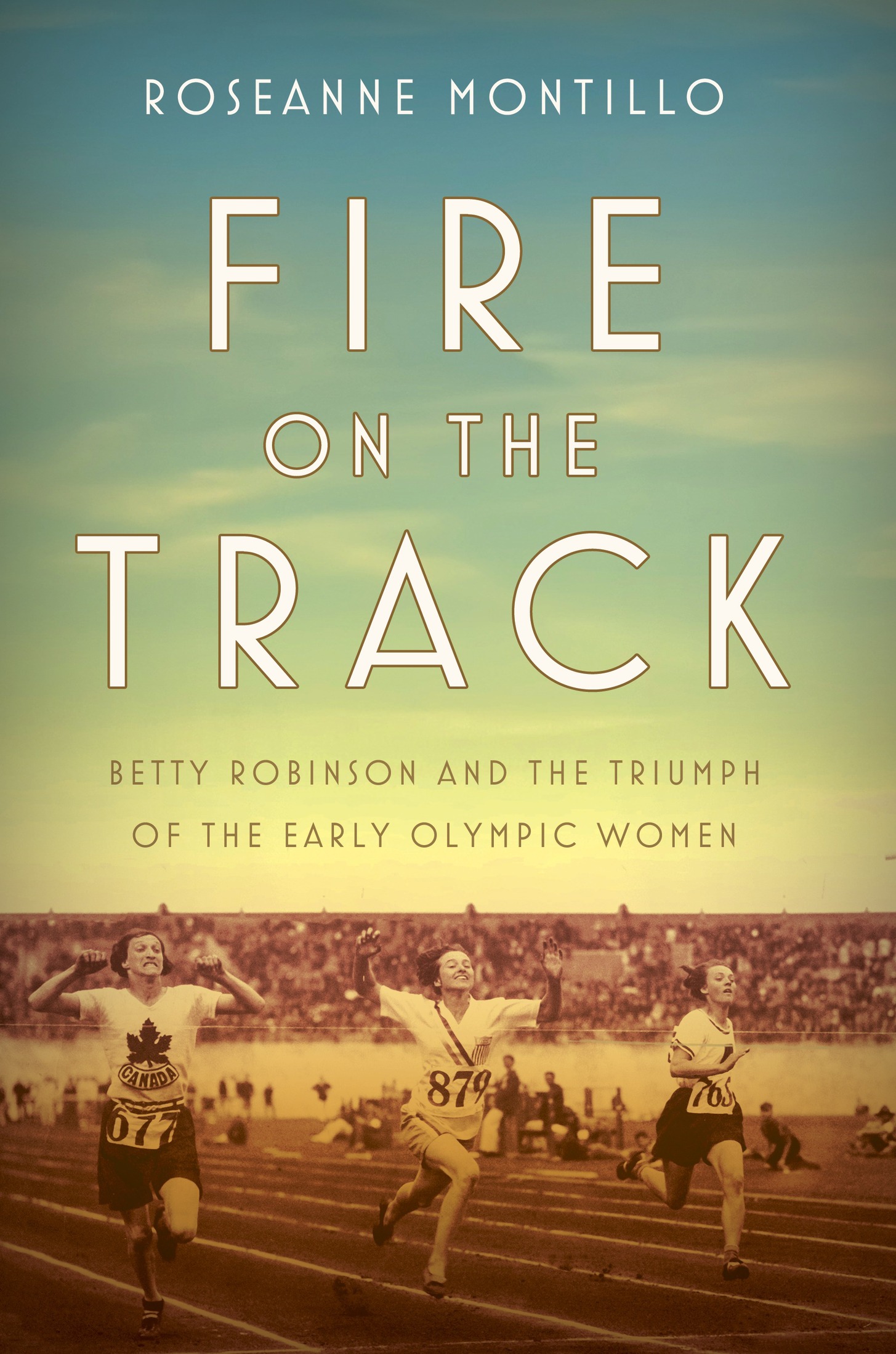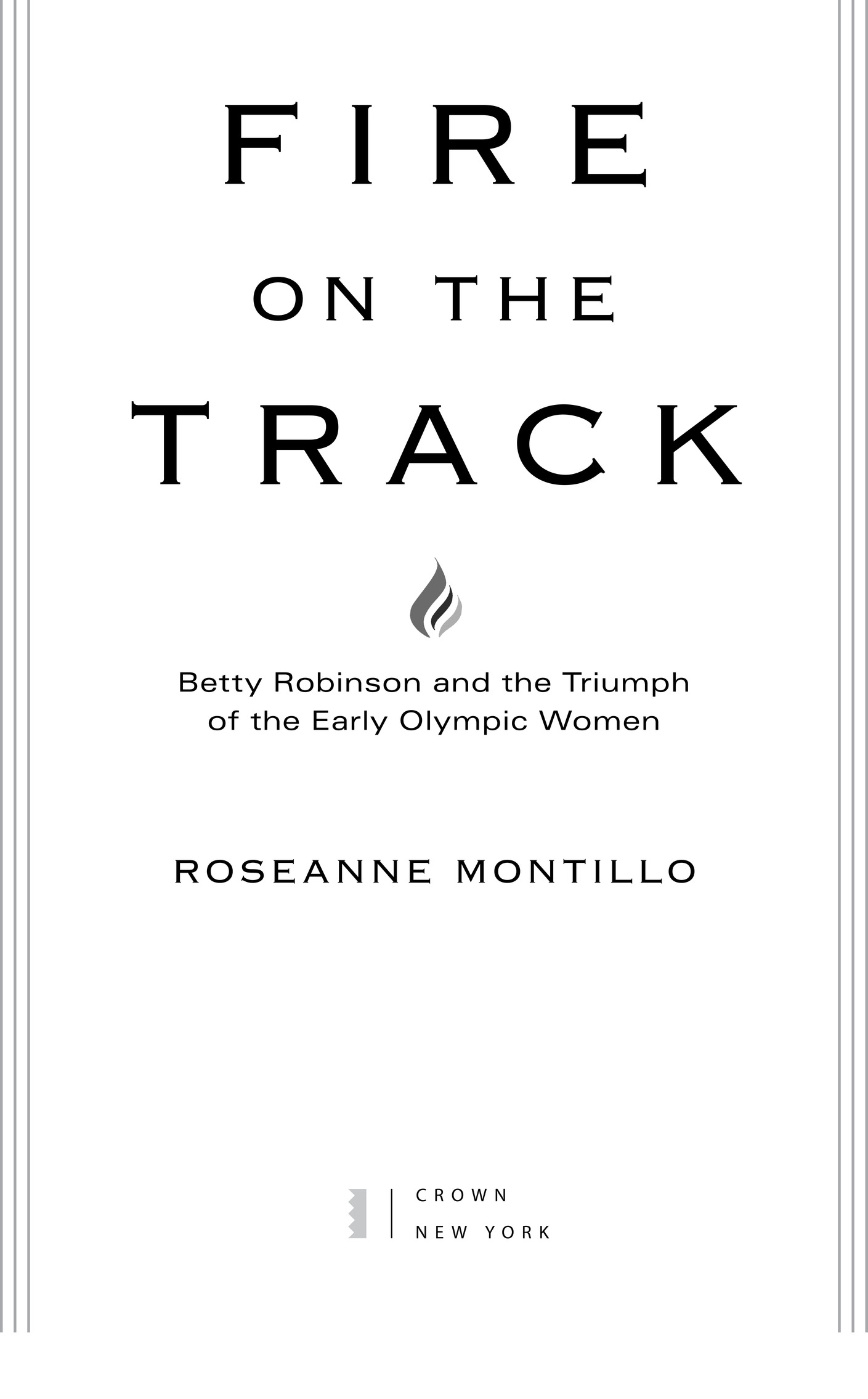All rights reserved.
Published in the United States by Crown, an imprint of the Crown Publishing Group, a division of Penguin Random House LLC, New York.
CROWN is a registered trademark and the Crown colophon is a trademark of Penguin Random House LLC.
Library of Congress Cataloging-in-Publication Data is available upon request.
PROLOGUE
W hen Lee Newland spied the plane hovering just above his head that afternoon, he was surprised by how low it was flying. He had heard the growling of its propeller growing steadily louder somewhere behind him, then had looked up to see the glint of a cherry red biplane gaining altitude close to Riverdales gritty factories. It was Sunday, June 28, 1931, and just as hed been doing every Sunday and every other day of the week for the past several months, Newland had been driving his truck through the town, as his job entailed.
It was not a day of rest for him, or for anyone else. Working hard, if one had a job, was a matter of courseeven on weekends. The country was in the midst of a depression, and though most experts already had a hankering for dating its beginning to the infamous Black Thursday and Black Tuesday, October 24 and 29, 1929, when the stock market had crashed, people had been feeling the pinch of a slumping economy for several years. It was a challenging time for the nation as a whole: 1931 was the second warmest year in all of Chicago, in all of the Midwest; the heat wave that summer killed nearly eight hundred people, though it was only a prelude of the one to come in 1936, when almost five thousand people succumbed to the hot spell. And President Herbert Hoovers plans for stabilizing the national economy were proving inefficient. At the time Newland found himself in his truck that Sunday, nearly a quarter of the countrys adult population was unemployed, and many of those who worked did so at a reduced schedule. In many towns the situation was even more dire, with nearly 50 percent of their residents out of work, particularly the unskilled workers.
Newland was one such unskilled worker, and he was painfully aware of his deficiencies. For most of the last decade, he had held a decent job in one of the many brick factories along the banks of the Calumet River, the pay he earned allowing him to own a home, his truck, and some pride. But the company had gone bankrupt, his job had disappeared, his house had been repossessed, and all that remained of his former life was his truck, the payments recurring every montheven though the contraption was virtually run to the ground.
A tall and naturally husky man in his late thirties, Newland had of late been working for the local funeral parlor, locating bodies that had been left abandoned around the citys streets and collecting the corpses of those who had died alone. The job was as unsavory and disquieting as it sounded and had earned him the unfortunate local nickname body chaser. There was no particular method or talent to what he did, only sheer luck. He stepped into his truck and drove along the ugly sprawl of boarded-up buildings and clusters of uninhabited homes, often finding nothing but a stray dog or two hiding under heaving porches or, in the winter, homeless families huddling over charcoal braziers. If that was the case, he ventured farther afield, searching for the bodies of those who might have gone out of their way to make their death a private ordeal.
People died alone all the time. In the past few weeks the heat had reduced the members of the community by several dozen, the thermostat inching up to well over 100 degrees Fahrenheit and rendering the air a soupy mess that clutched at ones throat. And if the weather didnt kill somebody, the collapsing economy surely could. Those who were already poor tightened their belts even further as their poverty deepened, though their daily lives didnt change a great deal. The crash came more as a surprise for the wealthy, those who had gone to bed rich one night and woken up paupers. Hustling for work was not in their nature; nor was pleading for food at the corner of a local store, waiting in long bread lines, or scavenging through refuse bins for the next meal to feed their children. They did not know what to make of their new status, and to many of them, death often seemed a more dignified option than poverty.
Thats when Newland found them. They would wash up along the edge of the Calumet River, where the stench and scum of the waters rose with the heat; or facedown in weed-choked yards where children had once played and women had hung their sheets out to dry; or flat at the bottom of an abandoned brownstone, clutching an old photograph or some other personal item in their cold hands.
Newland had been driving for several hours that Sunday when he noticed the plane, just a quick flash in the sky leaving a thin trail of smoke behind it, like the long string from a kite. Powered by a standard OX5 motor, it was a Waco 10 biplane, a bright red and very popular model in the area, neither too difficult to fly nor tremendously advanced in its design. It whirled back and forth, its acrobatics not unlike those in a show Newland had seen once in a barn field near Chicago.
He stopped the truck in the middle of the road and watched the plane. It rose slowly at first, then more swiftly as it reached an altitude he figured was as good as six hundred feet, when suddenly, as it turned left, it seemed to stall in midair.
He saw the nose-dive and first thought it some kind of fancy maneuver by a pilot feeling too secure in his abilities. He then realized that the plane was in some sort of trouble and wondered if the weather was to blame. It had rained for the past four days, strong thunderstorms accompanied by lightning flashes streaking through the sky and breaking the night slumber. Perhaps the airplane had been hit by lightning, but when Newland scanned the horizon for further thunderbolts he might have missed, he saw none.
The plane plummeted and disappeared, crashing somewhere in the acreage nearby. Newland pressed on his trucks accelerator and sped toward the grounds. He would be making a stop by the funeral parlor later, after all.
The plane had landed in a soggy parcel of land belonging to the Whiting Corporation, between 159th Street and Cicero Avenue in the village of Harvey, some twenty miles from Chicago. Newland waded through the underbrush and reached the spot just as another man, Peter Adamaski, who had witnessed the accident from his porch, rushed toward the wreckage. There was a curl of smoke billowing from the planes rear, but no flames were visible. It had not exploded, most likely because it had landed with its nose deep into the wet terrain, blunting the impact and embedding itself several feet into the soil. Inside the shambles were wedged two youths: a young woman still buckled into the front seat, and the boy who had been the pilot sitting in the rear open cockpit.
The girl wore goggles and a small leather helmet the likes of which, reports would later detail, Amelia Earhart had worn on her flight across the Atlantic. She was outfitted in a silky ensemble that was now soaked in blood and that to the rescuers did not look appropriate for flying. Both of the boys legs were twisted at an unusual angle, his right ankle appearing to have taken the brunt of the collision, shreds of bones protruding grotesquely from the flesh. Yet the boy was still alive, his chest heaving up and down. The girl, on the other hand, who had suffered at the very least a broken leg, judging by the bone poking out, appeared to be dead.


